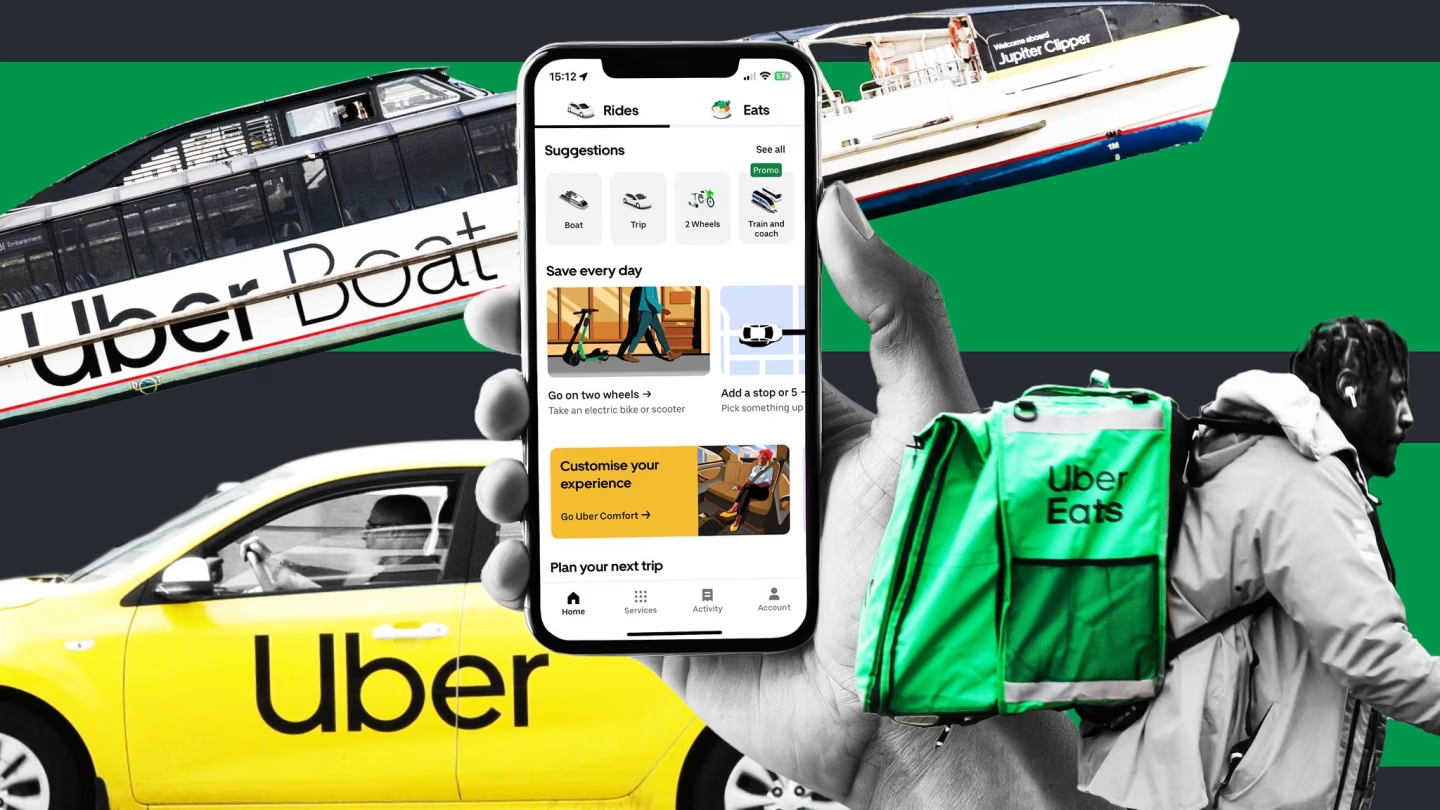
Uber Case Study
Overview
This case study delves into the analysis of Uber ride data to uncover insights into trip patterns, mileage trends, and ride purposes. The dataset comprises 1,156 entries detailing rides taken by users, including trip start and end times, categories, and purposes.
Objective
The primary goal of this analysis was to understand the distribution of trip categories, popular routes, and mileage patterns while addressing missing data effectively.
Steps and Techniques
1 . Data Cleaning and Preprocessing :- Handled missing values in the dataset, particularly in the "PURPOSE" column, by replacing null values with "NOT AVAILABLE."
- Ensured data consistency by verifying data types and checking for duplicate or inconsistent records.
- Summarized key statistics, such as total mileage and the proportion of trips categorized as "Business" or "Personal."
- Created plots using matplotlib and seaborn to identify trends in trip times, locations, and distances traveled.
- Highlighted popular trip start and stop locations, indicating frequently visited areas.
- Analyzed the correlation between mileage and trip purpose to infer user behavior patterns.
Key Findings
Dominant Categories : Business trips dominated the dataset, with a significant portion of rides lacking a specified purpose. Popular Routes : Frequently traveled routes were concentrated in urban areas, indicating a high demand for rides within city limits. Mileage Trends : The average trip mileage provided insights into the general distance covered per ride.